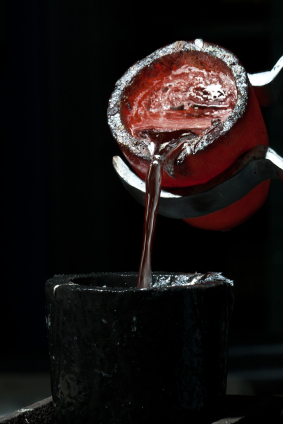Proposed Revisions to the Secondary Aluminum Production MACT
Posted: February 29th, 2012
Author: All4 Staff
U.S. EPA proposed revisions to the National Emissions Standards for Hazardous Air Pollutants: Secondary Aluminum Production (40 CFR Part 63, Subpart RRR) on February 14, 2012. Under Section 112(d)(6) of the Clean Air Act (CAA), U.S. EPA is required to review Maximum Achievable Control Technology (MACT) standards such as 40 CFR Part 63, Subpart RRR every eight (8) years to determine if additional measures are needed to reduce any remaining “residual risk” and protect public health. The proposed revisions address the results of U.S. EPA’s residual risk review and include clarifications and amendments to the rule. The proposed amendments include:
- Requirement for performance test results to be reported using U.S. EPA’s Electronic Reporting Tool (ERT).
- Provisions allowing furnaces to change classifications.
- Technical corrections and clarifications to the applicability definitions and operating, monitoring, and performance testing requirements.
One of the major changes to the rule has to do with the way excess emissions during startup, shutdown, and malfunction are handled. Prior to 2008, any excess emissions that occurred during periods of startup, shutdown, and malfunction were excused as long as the facility took steps to minimize those emissions in accordance with their Startup, Shutdown, and Malfunction Plan (SSM Plan). In 2008, the D.C. Circuit Court of Appeals ruled that emission limit must apply at all times, including periods of startup, shutdown, and malfunction.
To address the Court’s decision, U.S. EPA has added language to the rule that explicitly states that emission limits apply at all times, including periods of startup and shutdown. In addition, U.S. EPA has included a new definition to the rule for “Affirmative Defense” (see related article in this edition of 4 The Record). Sources that have an emissions exceedance that occurs during malfunction can make an affirmative defense against civil penalties for emissions exceedances, provided that certain recordkeeping and reporting provisions are adhered to.
To successfully assert the affirmative defense, the source must prove by a preponderance of evidence that the excess emissions were caused by a sudden, infrequent, and unavoidable failure of air pollution control and monitoring equipment, process equipment, or a process to operate in a normal or usual manner. For example, the source must prove by a preponderance of the evidence that repairs were made as expeditiously as possible when the applicable emission limitations were being exceeded, and that all possible steps were taken to  minimize the impact of the excess emissions on ambient air quality, the environment, and human health.
minimize the impact of the excess emissions on ambient air quality, the environment, and human health.
Although an SSM Plan is no longer a requirement for sources subject to this rule, ALL4 believes that a good SSM Plan is more important than ever because a well structured SSM Plan includes steps to minimize emissions of MACT-regulated pollutants during startup and shutdown, and includes steps to minimize emissions during malfunctions. Following your SSM Plan could go a long way toward making a claim of affirmative defense.
